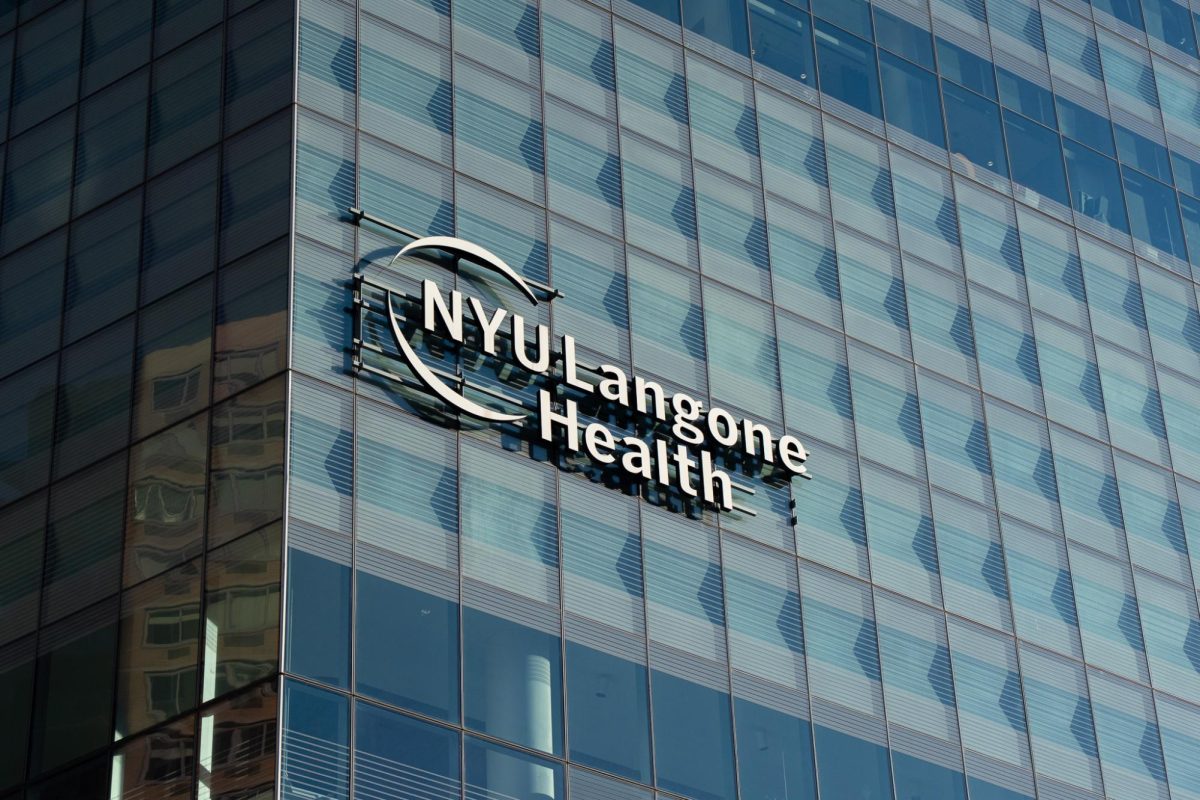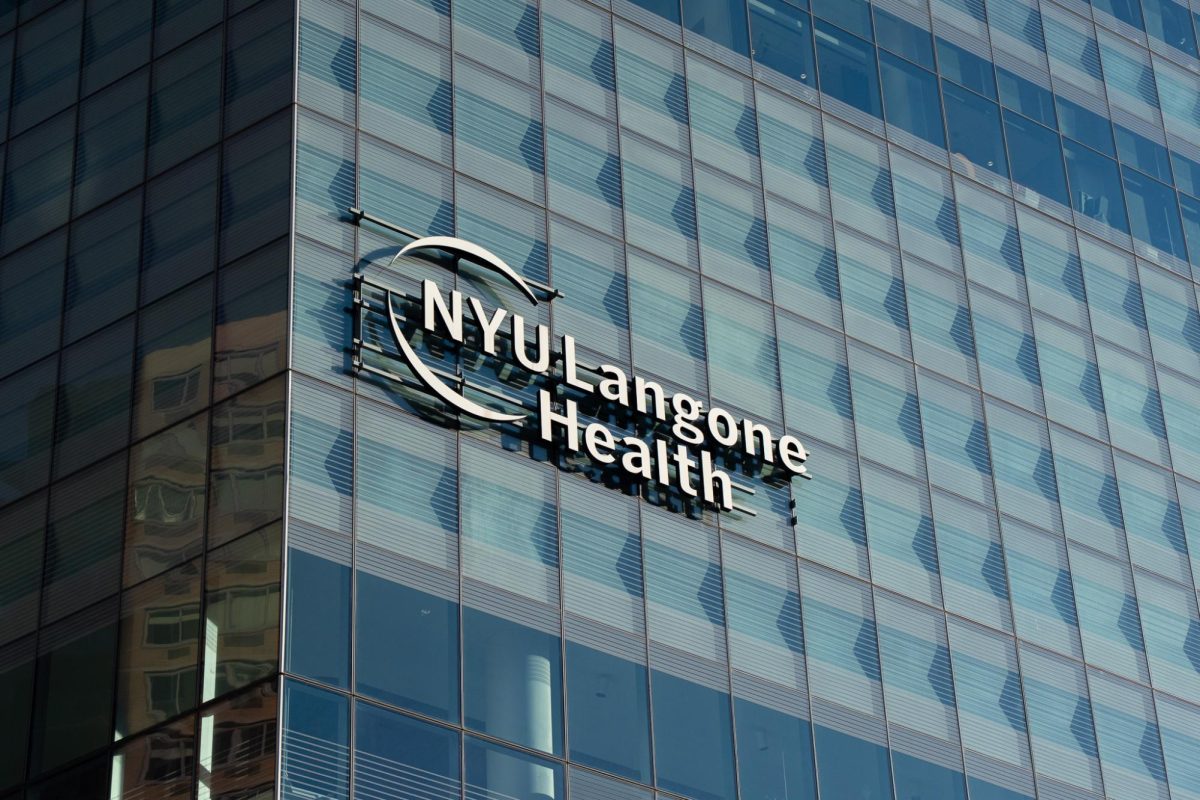In response to the firing of NYPD Officer Daniel Pantaleo — the man who killed Eric Garner — Police Benevolent Association President Pat Lynch declared that “the NYPD will remain rudderless and frozen,” saying “now it is time for every police officer in this city to make their own choice.” The termination of Pantaleo has made officers feel that they and their jobs are not secure. In practice, this has caused a massive slowdown in policing: arrests for lower-level crimes and summons have decreased from last year. Despite fears that crime would spike, just the opposite happened: major crime has gone down by 20%.
The goal of the NYPD’s temper tantrum was to make New York City residents feel less safe, forcing the city to support officers when they pursue more aggressive policing tactics, similar to the ones used in the arrest and murder of Eric Garner. The result of the slowdown, in spite of the NYPD’s intentions, has been an overall benefit to the city, with not only a decrease in arrests but also in crime itself. And while it’s one thing to talk about it in abstract terms, this means less violence and more stability in our communities without the use of police. Necessarily, this forces us to question the effectiveness of aggressive policing tactics. This is particularly true in New York City, the birthplace of the broken windows theory of policing — the idea that aggressively enforcing low-level crime is the only way to prevent crime from escalating further. In addition to critiquing particular police practices, this is a moment for our city to imagine what security might look beyond police.
This is not the first time the NYPD has used the slowdown tactic. In 2014, following the murders of Officers Wenjian Liu and Rafael Ramos, police perceived a lack of support from the city, which led the NYPD to literally turn their backs on Mayor Bill de Blasio. Shortly after that, they tried to do the same to the city. This resulted in the NYPD pursuing less aggressive policing tactics, which the New York Post described as “a virtual work stoppage.” The overall arrest rate dropped by 66% and low-level crimes like traffic citations and summons dropped by over 90%.
In a moment of collective insecurity, the NYPD attempted to make the city more vulnerable as a way to prove their own usefulness. Once again, the NYPD was proven wrong. In a study, after reviewing NYPD crime statistics, researchers found that civilian complaints of major crimes actually went down during the slowdown. Not only did arrests go down but so did crime itself. This discovery is the clearest piece of evidence that the broken windows theory simply doesn’t work. The slowdown just five years later further proves this.
Nevertheless, the prevailing myth in New York City is that the broken windows theory did work, causing a reduction in crime from the years and decades that preceded it. This view is somewhat misguided and doesn’t take into account the facts of crime reduction in New York City. Mayor Rudy Giuliani, along with Police Commissioner Bill Bratton, were responsible for the first implementation of the broken windows theory. Based on the crime statistics reported by the NYPD, the beginning of crime reduction in New York City began in 1990-1991 — Giuliani was elected in 1994.
The mayor at the beginning of the reduction was David Dinkins, whose stance on crime is somewhat contradictory, albeit less aggressive than Giuliani’s. In his mayoral inauguration, Dinkins promised to be “the toughest mayor on crime this city has ever seen” and oversaw a dramatic expansion of the police — with a total cost of $1.87 billion and the creation of the largest NYPD force in history. At the same time, most of Dinkin’s initiatives were centered on community policing, having officers work directly with community members to ensure their security. From Dinkin’s perspective, to achieve the goal of embedding officers within communities across the city, the expansion was necessary. What the recent slowdowns show is that the brilliance of Dinkin’s policy lies not in empowerment of the police force but rather in empowerment of the people and the community.
As destructive as the broken windows theory is on its own, it is vital to understand it within its context. While the theory did shape the tactics of many American police forces, it also came about in a time when millions of dollars were being invested in police forces nationally. The War on Drugs, as well as the so-called 1994 Crime Bill were responsible for a dramatic increase in funds for policing, incarcerations and even executions. This carceral escalation was shortly followed by the increased militarization of police, which saw collaborations between the Department of Defense and local law enforcement agencies. Research has shown that police militarization has not only failed to reduce crime but also undermines the relationship people have with the police. All of these things combined created an era of aggressive policing that has falsely taken responsibility for the reduction of crime. The reality is that these tactics and policies have only put the community in danger — more than 25,000 individuals have been killed in police-involved shootings since 2000. Coincidently, these numbers began to go down in 2014, the year Michael Brown was killed. This trend continued for two more years but has continually climbed since 2016, the year Philando Castile was killed. Since 2003, more than 1,000 individuals have been killed by police annually.
It appears that only those who practice aggressive policing tactics seem to be in favor of it and the reasons for this are clear. Furthermore, the broken windows theory was created by criminologist George Kelling, who has since criticized the application of his own theory. After the slowdown in 2014, the NYPD had received $10 million less in parking ticket violations alone. Similarly, when the NYPD pursued aggressive policing tactics they accumulated nearly $800 million in fines, which covers 25% of the total cost for NYPD salaries.
Is the cost of aggressive policing worth the reward?
For the communities affected by the misuse of police force as well as for society at large, the answer is definitively no. Counterintuitively, the answer is also true for the police themselves. Although it might seem simplistic, the cause of the tension between civilians and police is rooted in aggressive policing tactics, not the public’s response. The result of these tactics can only be the divisive conditions we live in today, which the police themselves fear. PTSD amongst police officers is common and one of the biggest causes is typically officer-involved shootings. Nine NYPD officers have committed suicide this year alone. While no one can speculate as to the specific causes of each officer’s death, the police commissioner has declared this to be a ”mental health emergency.” Perhaps instead of focusing solely on the events which officers experience as the cause of the problem, more attention should be given to the actions police take everyday in a heavily militarized society. While it should be obvious that a system fails when it does not serve the people its intended to serve, it must also be understood that the practice is not sustainable if it also harms the practitioner.
The origins of policing are inherently problematic, rooted in slave patrols in the South and the defense of shipping interests in the North. Nevertheless, we would hope that the purpose of policing is security, a fundamental human right. No one’s safety should be obtained at the expense of someone else’s. There is a problem with policing in the United States, and nowhere is this more apparent than New York City. Despite the NYPD’s best intentions, what their inaction has shown is that we can begin to think about what it means to have security beyond police. Rather than having a group of people separated from the larger whole with authority over us, civilians should be at the forefront of all efforts to create a safer community. One thing must be clear: aggressive policing tactics cause more crime than they could ever hope to reduce. For a safer and more secure society for everyone, they must come to an end.
Opinions expressed on the editorial pages are not necessarily those of WSN, and our publication of opinions is not an endorsement of them.
Email Cole Stallone at [email protected].


























































































































































